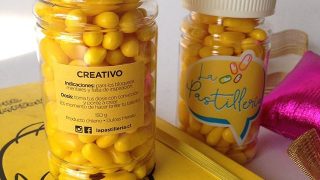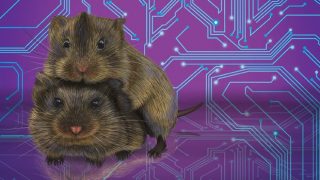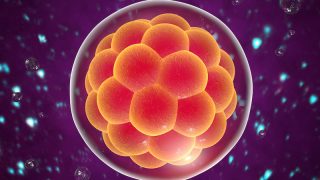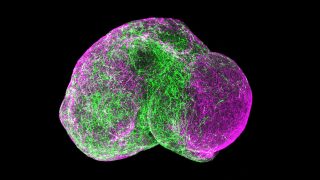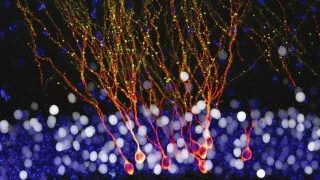
Adult neurogenesis and physical activity
Contrary to what was thought some years ago, the adult central nervous system is capable of generating new neurons, some of which are integrated into functional circuits and seem to be essential for processes such as memory and learning. The question of why these new neurons are not capable of replacing those lost in neurodegenerative […]


